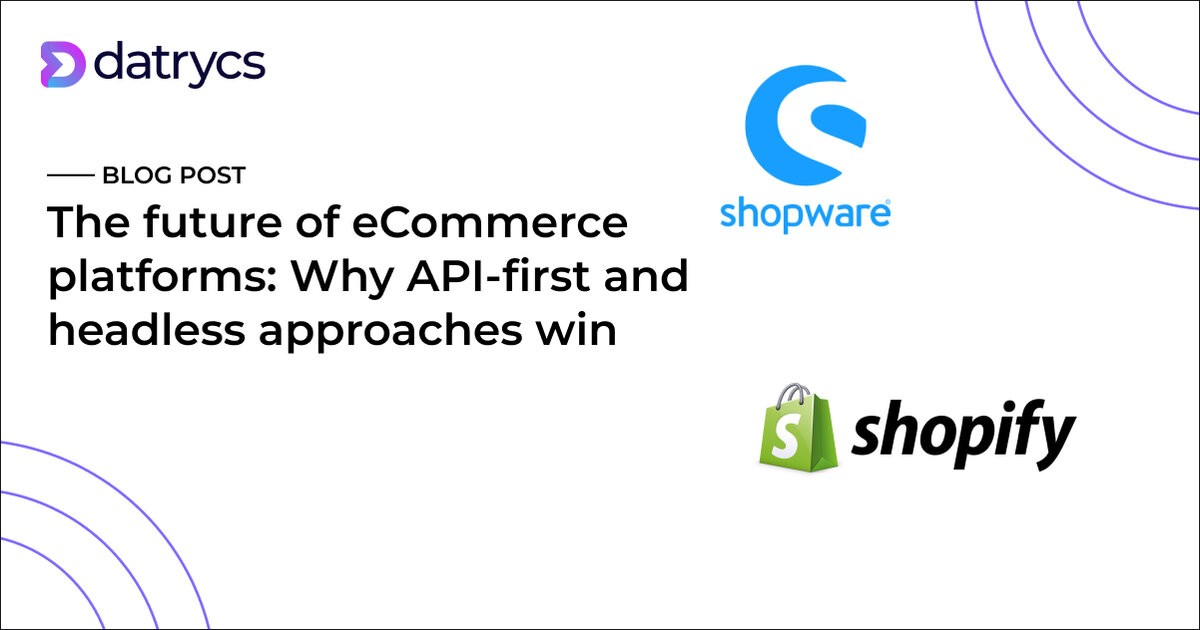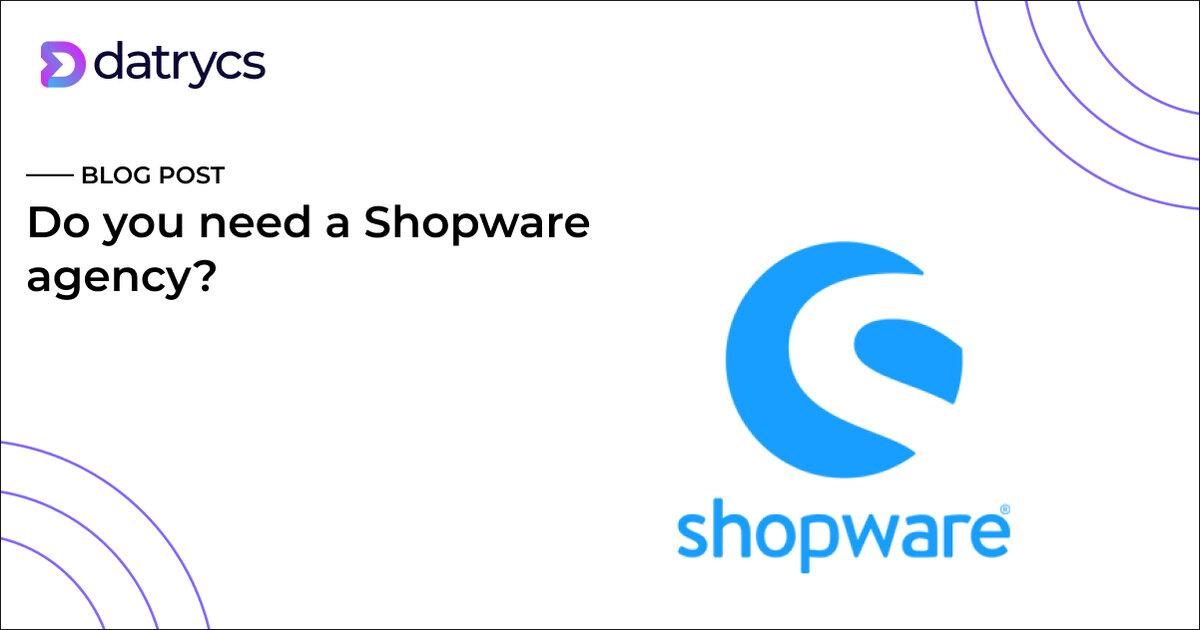What is Headless Commerce?
Headless commerce is an eCommerce architecture in which the front-end presentation layer is decoupled from the back-end functionality
.jpg)


What is Headless Commerce?
Headless commerce is an eCommerce architecture in which the front-end presentation layer is decoupled from the back-end functionality that handles processes such as inventory management, order processing and payments. A headless commerce platform provides the necessary tools and infrastructure to support this decoupled architecture. More simply put, it separates the customer-facing website or application from the underlying eCommerce platform.
Introduction to Headless Commerce
Definition and Brief History
Headless commerce is a modern approach to organizing traditional eCommerce structures, offering extensive customizations, rapid development and deployment, and improved time-to-market metrics. The term “headless commerce” was first coined in 2013 by Dirk Hoering to describe the shift from “single-head ‘suite’ platforms” to a “multi-headed” approach. This innovative concept has since evolved, becoming a cornerstone in the eCommerce industry. By decoupling the frontend presentation layer from the backend functionality, headless commerce enables brands to build platforms tailored to their specific business needs without disrupting their existing technical setup. This flexibility allows businesses to innovate and adapt quickly, staying ahead in a competitive market.
Advantages of Headless Commerce
Flexible to customise it
Headless Commerce allows businesses to create highly customised and unique front-end experiences specific to their brand, without the constraints of a traditional monolithic platform. Additionally, a headless commerce system, despite a potentially steeper initial setup, can significantly enhance development speed and agility.
Faster to adapt to the market
Separating the front-end from the back-end allows development teams to work independently and publish updates more often. This gives them the flexibility to respond more quickly to market trends and customer feedback.
Headless ecommerce allows merchants to create flexible, optimized online shopping experiences by utilizing APIs to connect various components.
Better performance
By optimising each layer independently, headless commerce can deliver faster load times and better overall performance compared to monolithic architectures.
Capabilities for Omnichannel in a Headless Commerce Platform
The headless architecture enables seamless integration across channels such as websites, mobile apps, IoT devices, voice assistants and social media platforms, providing customers with a consistent shopping experience regardless of touchpoint.
Selecting the right headless platform is crucial for aligning with business goals and addressing scalability and security concerns.
Headless Commerce Architecture
Overview of Headless Architecture
Headless commerce architecture fundamentally separates a system’s frontend, which is the presentation layer of the user interface, from the backend, where the business logic resides. This decoupled environment fosters greater flexibility and versatility for applications, whether it’s a website or a content management system (CMS). The headless approach is a subset of the decoupled CMS architecture, where data and presentation are managed separately as packaged business capabilities (PBCs) that connect via APIs. A typical headless implementation includes a headless content management system (CMS) serving as the backend, an API layer that bridges the frontend and backend, and a static site generator or JavaScript framework that presents the content across various devices. This architecture allows for seamless integration and consistent user experiences across multiple touchpoints, enhancing the overall efficiency and performance of eCommerce operations.
Difference Between Headless Commerce Architecture and Monolithic Architecture
Tightly coupled vs Decoupled layers
In a monolithic architecture, the front-end presentation layer, business logic and database are tied together in a single application. In contrast, a headless architecture separates these layers, allowing them to function independently and communicate via APIs (Application Programming Interfaces).
Flexibility difference
Monolithic architectures are less flexible because any changes or updates to the system often require changes to the entire code base. A headless architecture, on the other hand, offers greater flexibility, allowing organisations to innovate and adapt more quickly.
Technology stack
Monolithic platforms typically use a single technology stack for both front-end and back-end development. Headless Commerce allows organisations to choose the most appropriate technologies for each layer, resulting in a more diverse and potentially optimised technology stack.
Development Process in Headless Implementation
In a monolithic architecture, development teams often work on the entire application, which can lead to longer development cycles and increased complexity. A headless architecture allows for more streamlined development processes, with separate teams focusing on specific areas of the application.
In summary, headless commerce offers businesses greater flexibility, agility and scalability than traditional monolithic architectures, making it an increasingly popular choice for modern eCommerce operations.


